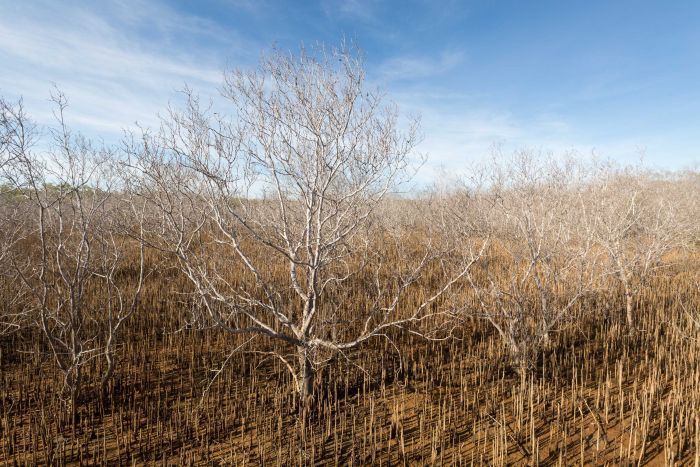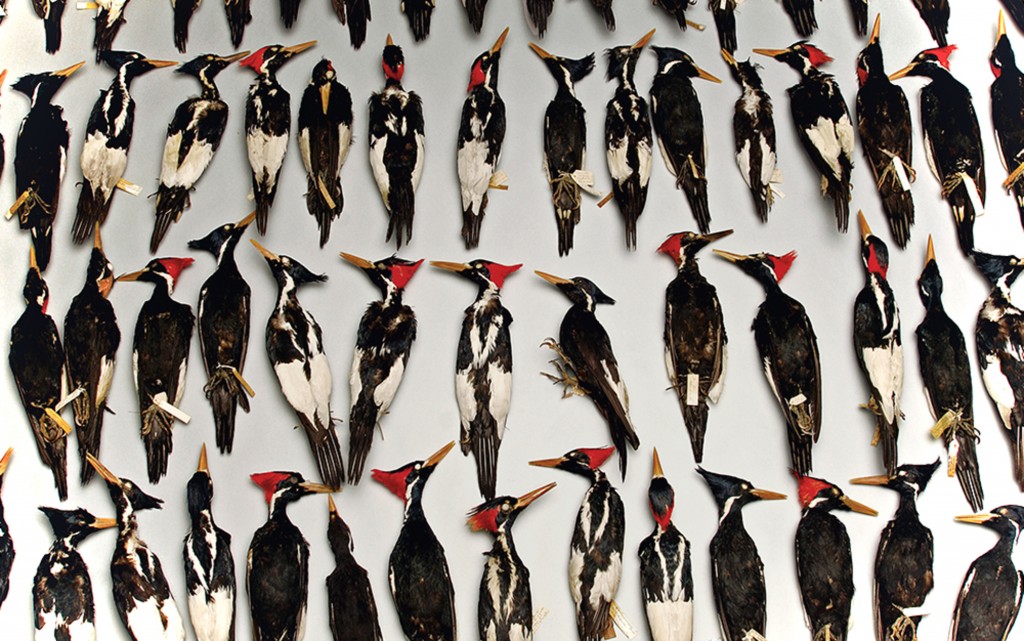Posts Tagged ‘extinction’
De-Extinction in Action: Scientists Consider a Plan to Reinject Long-Gone DNA into the Black-Footed Ferret Population
By David Biello | Scientific American | August 1, 2016 In 1987 only 18 black-footed ferrets were known to exist, but thanks to captive breeding and intensive management, the animals are a few hundred strong now. Yet like many species that bounce back from such small numbers, all the individuals are basically half-siblings—genetic near clones, with…
Read MoreSad news from Ol Pejeta – R.I.P. Ringo
Sad news from @OlPejeta today. R.I.P. Ringo. pic.twitter.com/IgVwsLxu5K — Anthropocene Film (@anthropocene) July 20, 2016
Read MoreExtinction is forever: de-extinction can’t save what we had
By Brian Switek | Aeon | July 19, 2016 When I hike up into the hills around Salt Lake City, above the Bonneville Shoreline Trail where the sagebrush gives way to the shade of the forest, mastodons are on my mind. Immense bones pulled from a sinkhole on the nearby Wasatch Plateau placed Mammut americanum in the area about…
Read More‘Shocking images’ reveal death of 10,000 hectares of mangroves across Northern Australia
By Kate Wild | ABC | July 11, 2016 Close to 10,000 hectares of mangroves have died across a stretch of coastline reaching from Queensland to the Northern Territory. Key points: A mangrove expert says it is the most extreme “dieback” he has ever seen The mangrove death occurred across a 700km stretch of NT and…
Read MoreAfrican wildlife officials appalled as EU opposes a total ban on ivory trade
By Andrew Nelsen | The Guardian | July 6, 2016 Wildlife officials in nearly 30 African states say they are appalled by an EU decision to oppose a comprehensive global ban on the ivory trade. In a position paper released on 1 July, the European commission said that rather than an all-encompassing ban it would be better to encourage…
Read MoreHumanity Is Killing Off Thousands of Species. But It’s Creating Them, Too
By Lizzie Wade | Wired | June 28, 2016 DURING WORLD WAR II, Londoners often sought shelter from German bombs in the city’s subway tunnels. There, they encountered another type of enemy: hordes of voracious mosquitoes. These weren’t your typical aboveground mosquitoes. They were natives of the metro, born in pools of standing water that pockmarked…
Read MoreAnother Threat to Tuna: Ocean Acidification
By John R. Platt | Scientific American | June 22, 2016 More acidic oceans could soon start dissolving tuna fish as they swim, long before they make it to consumers’ plates. This worrying news comes from a study published last month in the Journal of Experimental Marine Biology and Ecology which found that increasing acidification in the Pacific…
Read More‘Finding Dory’ Could Lead to Dangerous Demand for Blue Tangs as Pets
By Brent Lang | Variety | June 22, 2016 “Finding Nemo” centers on an adorable clownfish who is separated from his father before being reunited to live out his days, swimming wild and free in his ocean home. The success of the 2003 film created a huge demand for the finned cuties, as fans of the…
Read MoreFirst report of all the world’s plants finds 1 in 5 species facing extinction
By Ben Guarino | The Washington Post | May 10, 2016 Plants pervade almost every part of human life — not only do we eat them and wear them, we use plants for fuel, medicine, building materials, poisons and intoxicants. To limit the world’s plants to those that meet a human need, however, would be doing the leafy kingdom a…
Read MoreSpending Some Time at Ol Pejeta
Spending some time at @OlPejeta with Sudan, the last remaining male northern white rhino. pic.twitter.com/W8HUdJj8ih — Anthropocene Project (@anthropocene) May 4, 2016 Learn more about the Northern White Rhinos at Ol Pejeta, HERE.
Read MoreThe KWS Ivory Burn – A Sneak Peek of Our Drone Footage
On Saturday, April 30, 2016 the Anthropocene team was in Nairobi National Park among African officials, celebrities and passionate citizens to document the burning of the largest stockpile of elephant ivory and rhino horn in history. We are deeply grateful to the Kenya Wildlife Service, Kenya Film Commission and the High Commission of Canada for their efforts to…
Read MoreESSAY: Ghosts and tiny treasures
By Bryan Pfeiffer | Aeon Ten years ago this spring, in the darkness before dawn, I switched on my headlamp, dialled in my compass, and set forth into a chilly Arkansas swamp. Dressed head to toe in camouflage and lugging an arsenal of camera gear, I wandered alone that day through lowlands of oak, cypress and sycamore,…
Read MoreUN Science Report Warns of Fewer Bees, Other Pollinators
By Seth Borenstein | WTop | February 26, 2016 WASHINGTON (AP) — Many species of wild bees, butterflies and other critters that pollinate plants are shrinking toward extinction, and the world needs to do something about it before our food supply suffers, a new United Nations scientific mega-report warns. Continue reading on WTop.
Read MoreHow Humans are Driving the Sixth Mass Extinction
By Jeremy Hance | The Guardian | October 20, 2015 Periodically, in the vast spans of time that have preceded us, our planet’s living beings have been purged by planetary catastrophes so extreme they make your typical Ice Age look like the geological equivalent of a stroll in the park. Scientists count just five mass…
Read More













